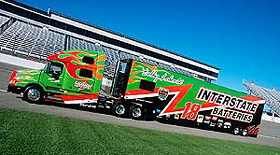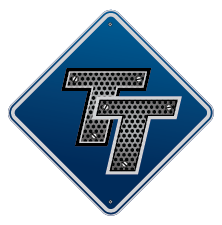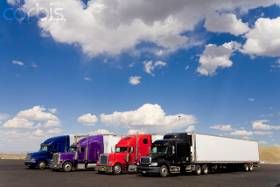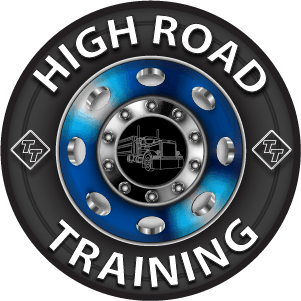Safety Meeting Material For NO ZONES
Topic 4500 | Page 1
Explain each blind spot and methods to reduce the chances of not being aware of cars in the blind spots. Explain tactics. Explain how the SMITH system helps you be more aware of blind spots and how the SMITH system helps you avoid being unaware of cars in your blind spots.
Go over triple checking your mirrors and how constantly looking at your mirrors makes you more aware of if there is a car in your blind spot or not.
Explain how lane changes work for a semi and when to turn on your signal and when to turn it off.
Explain what to do when you have a person tailgating you (because behind the trailer is a blind spot). Also, what to do if a car is staying in your blind spot.
Don't forget it's summer, be sure to go over motorcycles and the dangers they possess for our blind spots.
Our other members will have more to say I'm sure. Be sure to continue checking up on this thread. Guyjax and Brett will have something to say as well.

Start the meeting off with the way Daniel started with. And that's the first part of the meeting.
The 2nd part is actually leaving the office and each person in the meeting has to climb in the seat of the truck and have someone move in and out of the blind spots. It's call On The Job training. If they actually sit in the seat they will have a better understanding of what a blind spot is. You can show pictures all you want but nothing beats actually seeing it first hand. Not saying you have to drive the truck around or anything.
All depends on how serious you are about safety and blind spots. If you only want to pay lip service to the subject of safety then by all means stay in the office and use pictures cause anyone can look at pictures and say "OK blind spots are dangerous" OR.....
You can actually be serious about safety and let people actually see "hands on" without driving the truck and have a real feeling of "Now I know they are dangerous".
I know adults that are involved in safety should know better but having zero real world experience with truck blind spots even so called professional in safety only pay lip service to it. How can someone call something someone else does unsafe if they do not at least have a working knowledge of the topic?
It's up to you but for best results I would take this two step approach. It's a far better learning experience than watching video or looking at charts and graphs which by the way make people sleepy. How much comprehension do you thing is taking place if people are half bored out of their minds?
Just my 2 cents if I was running a safety department or preparing for a safety adult.
New Reply:
New! Check out our help videos for a better understanding of our forum features

















Preview:









 TT On Facebook
TT On Facebook
Hi guys, I am the safety director (among a long list of other titles in my company) and this month's safety meeting is about blind spots. How in the world do i make an entire meeting out of No Zones!?!? My driver (my dad) has been driving almost 40 years. He knows all about blind spots. The material is more for our Safety Audit with the DOT than it is for him.
DOT:
Department Of Transportation
A department of the federal executive branch responsible for the national highways and for railroad and airline safety. It also manages Amtrak, the national railroad system, and the Coast Guard.
State and Federal DOT Officers are responsible for commercial vehicle enforcement. "The truck police" you could call them.